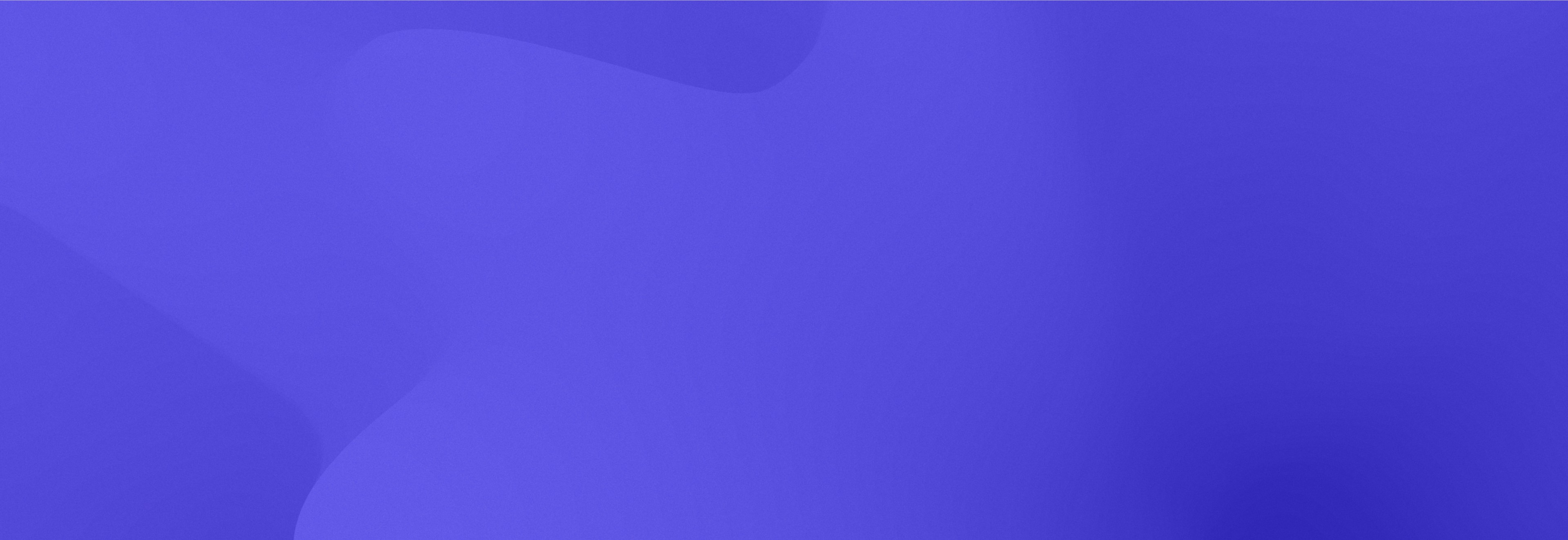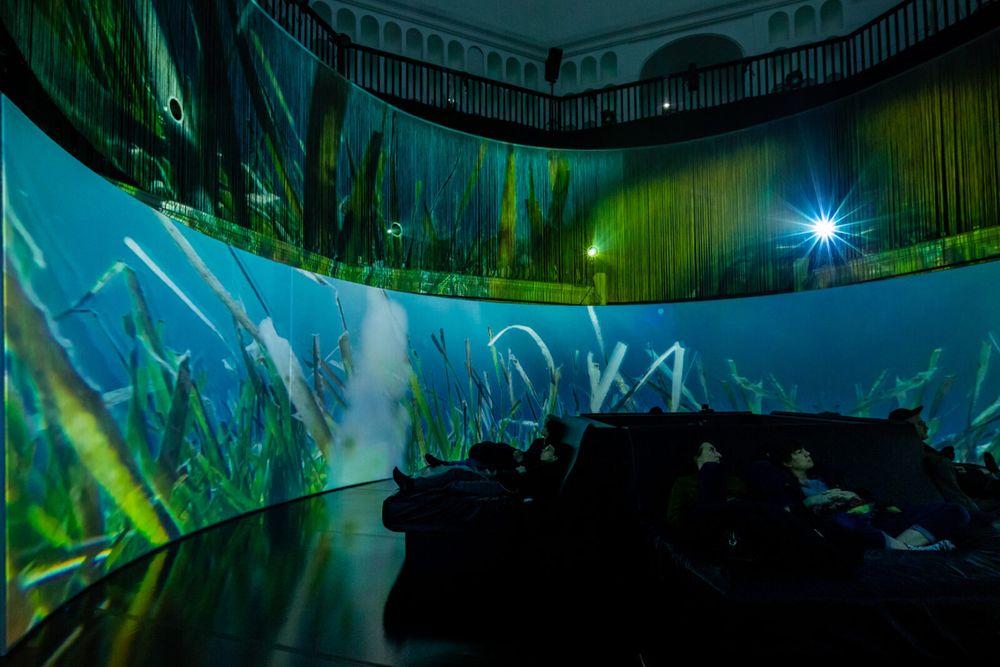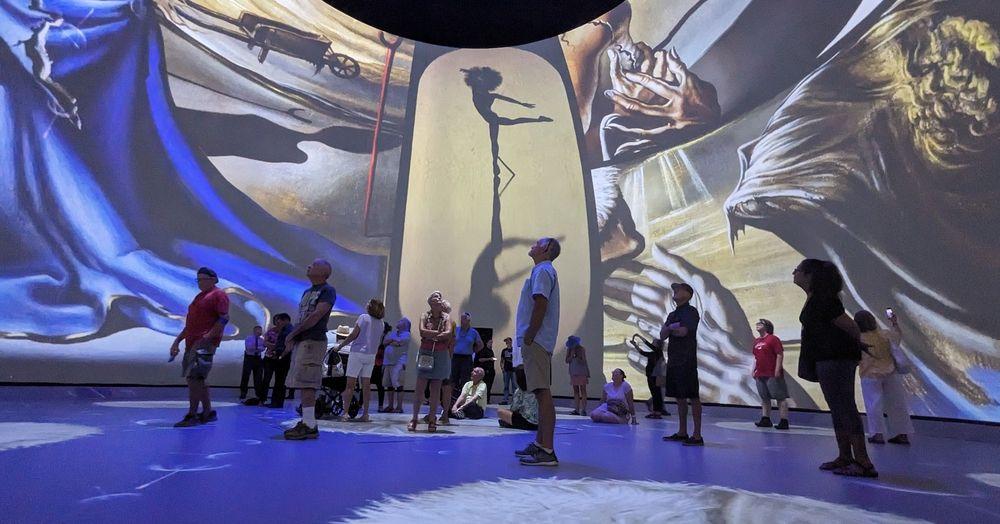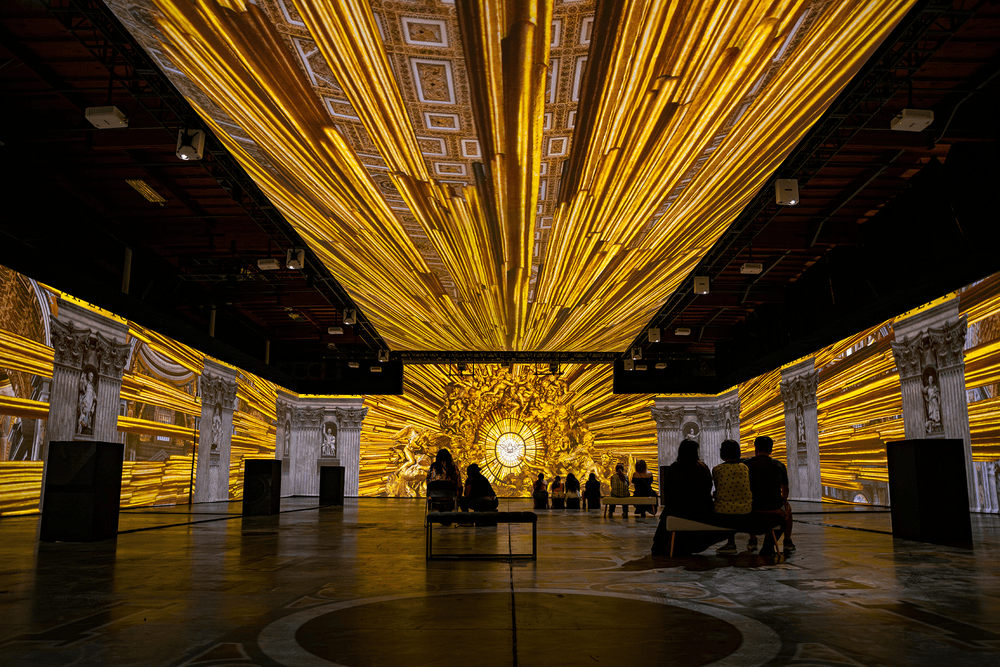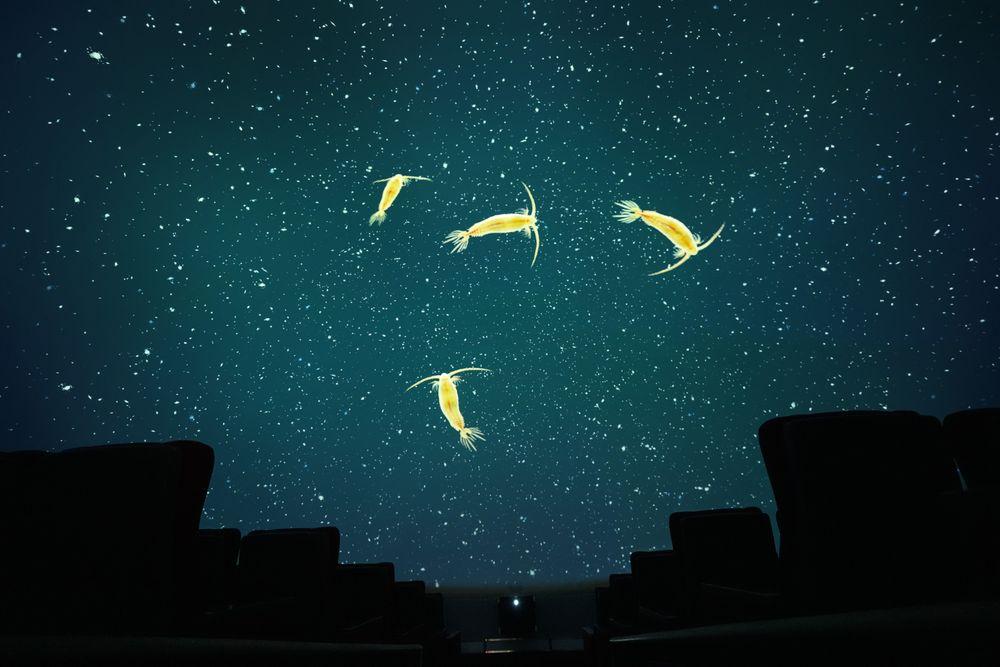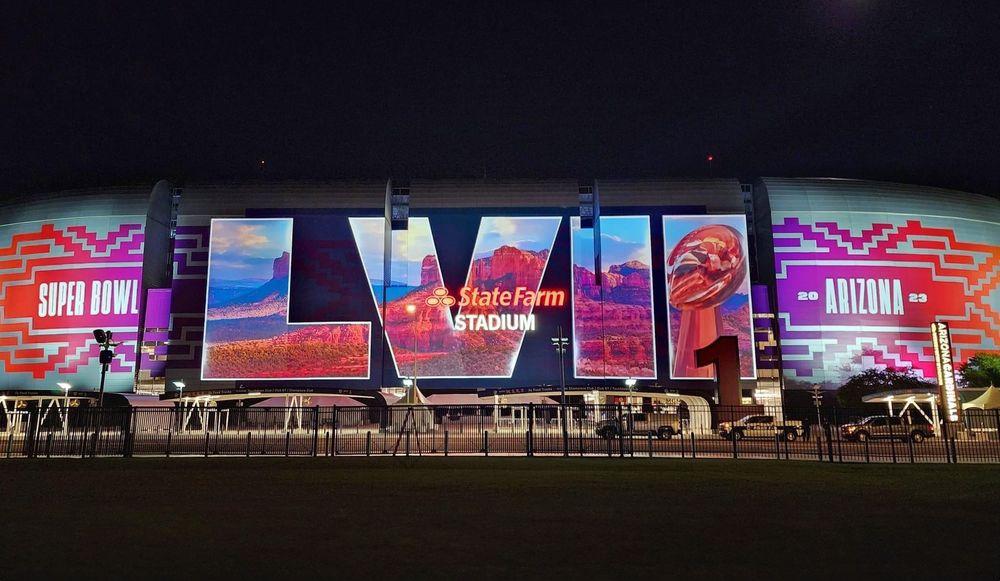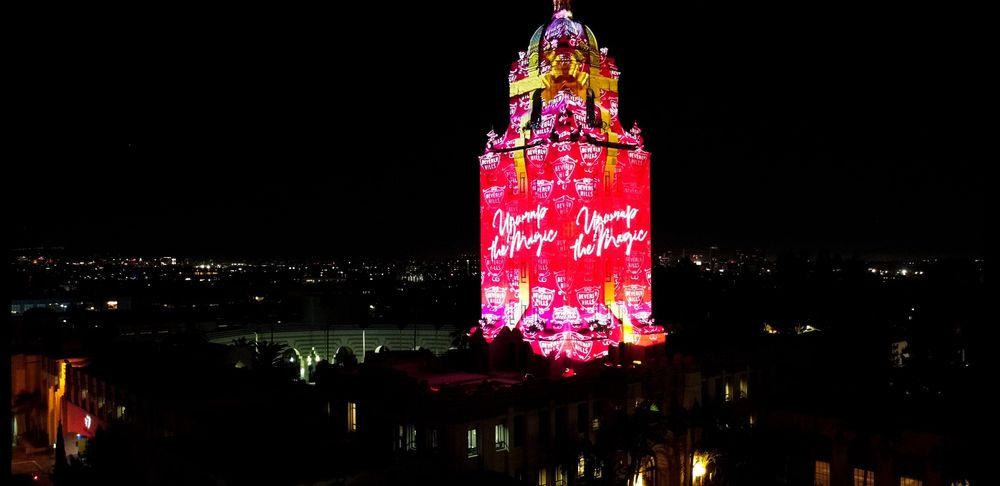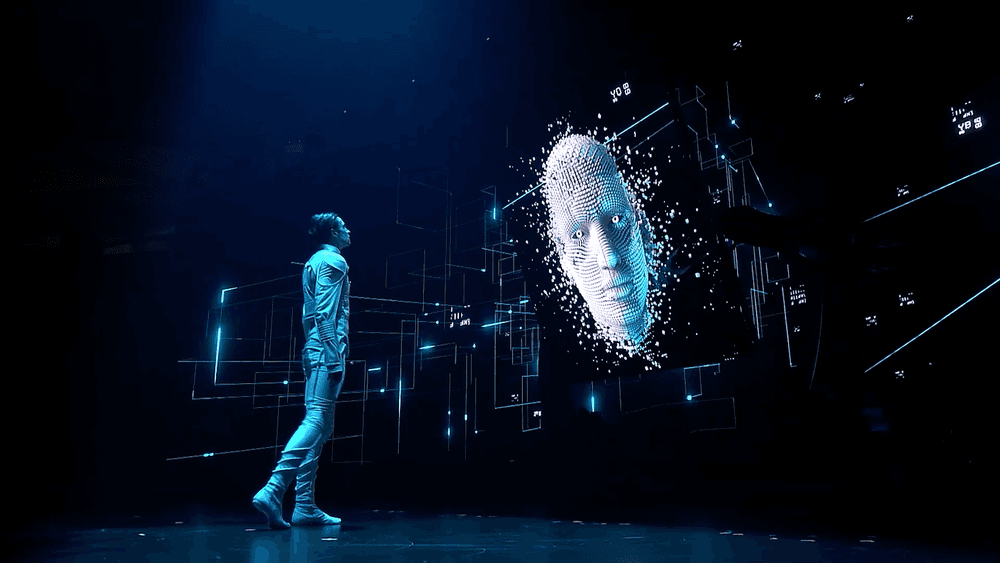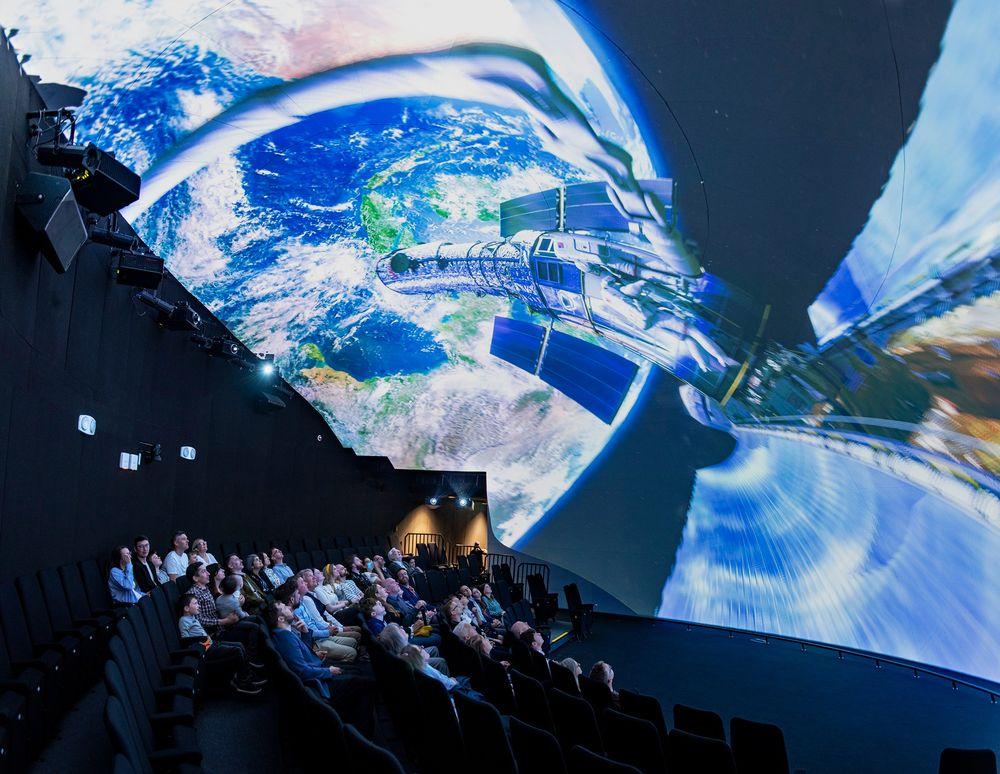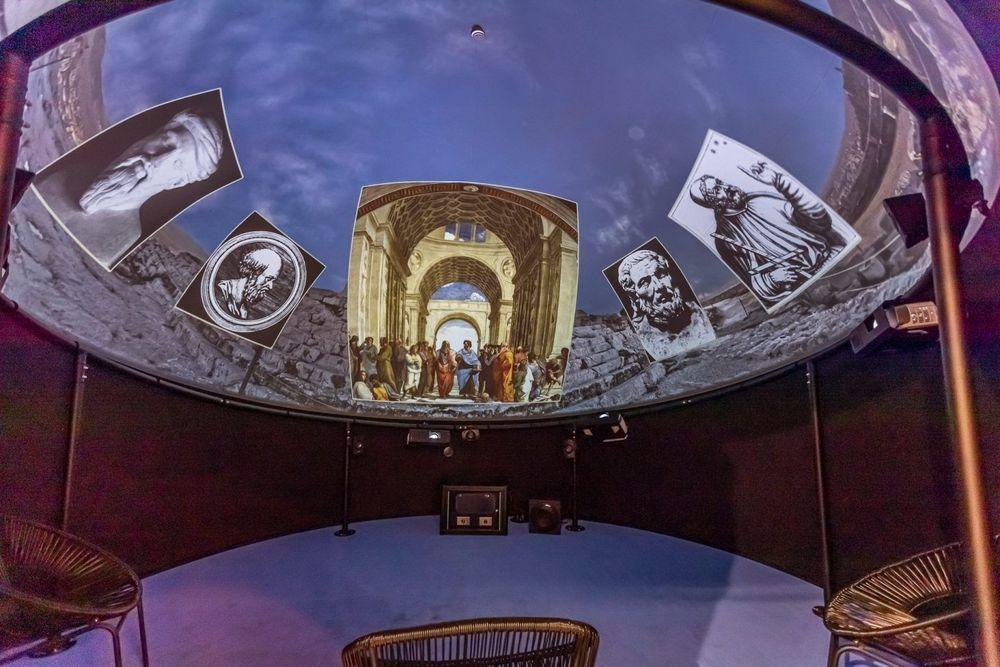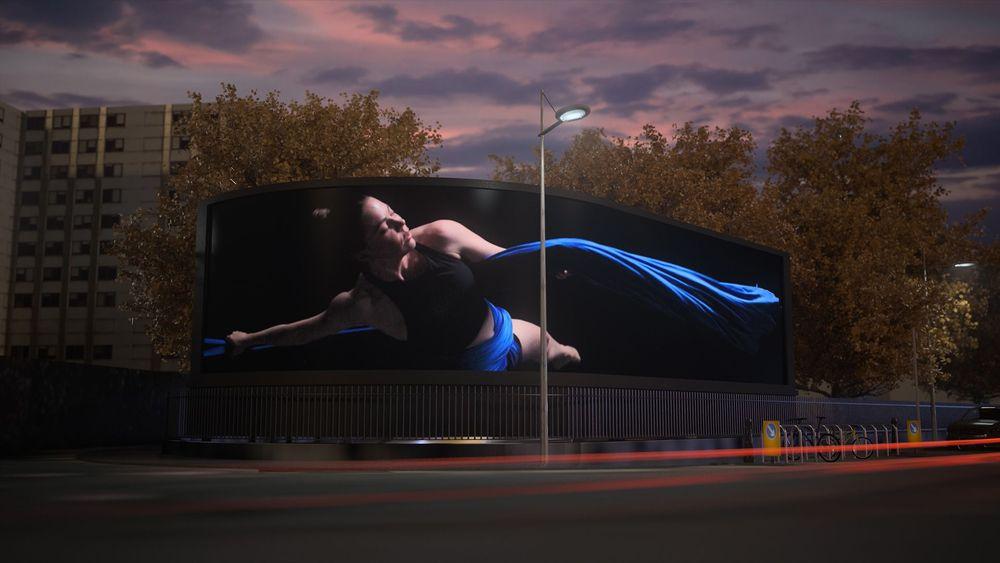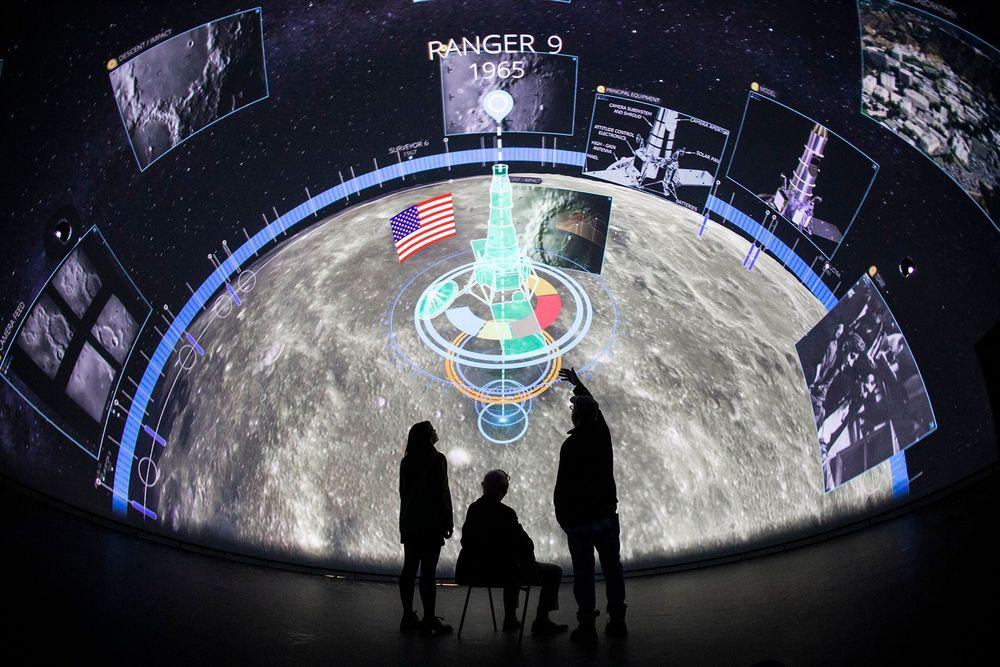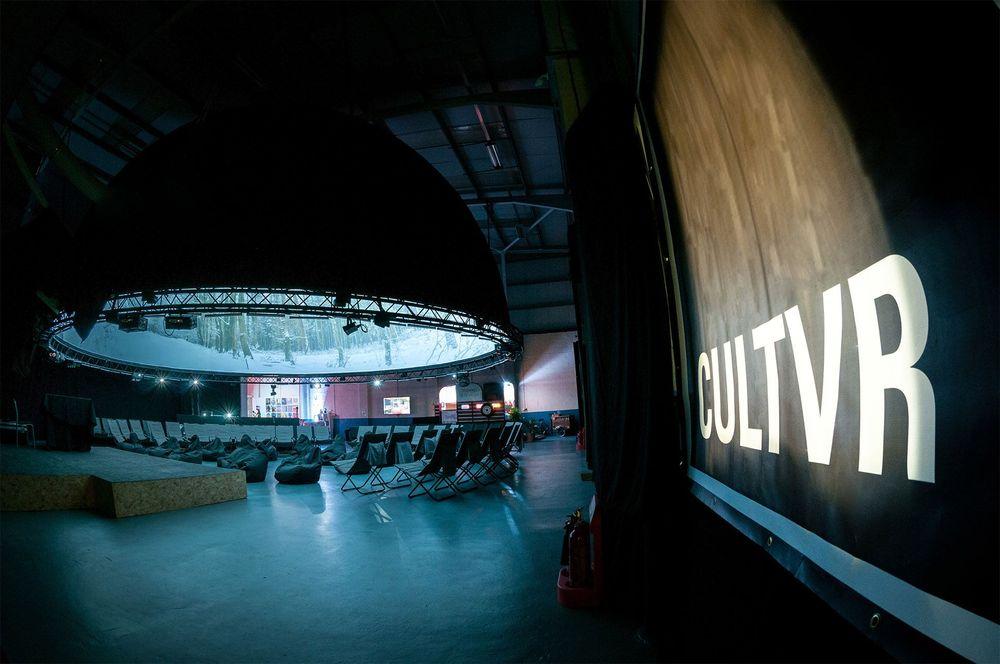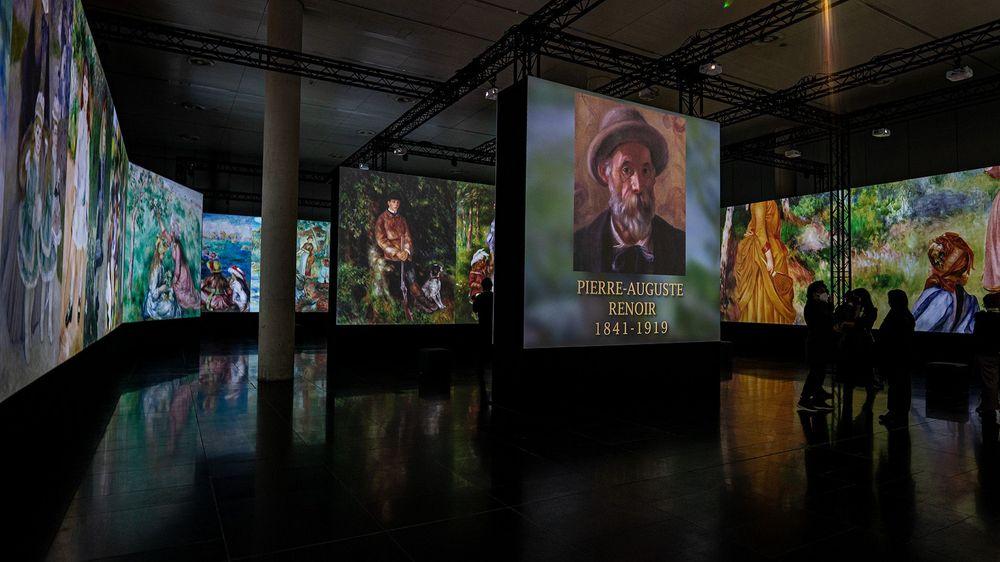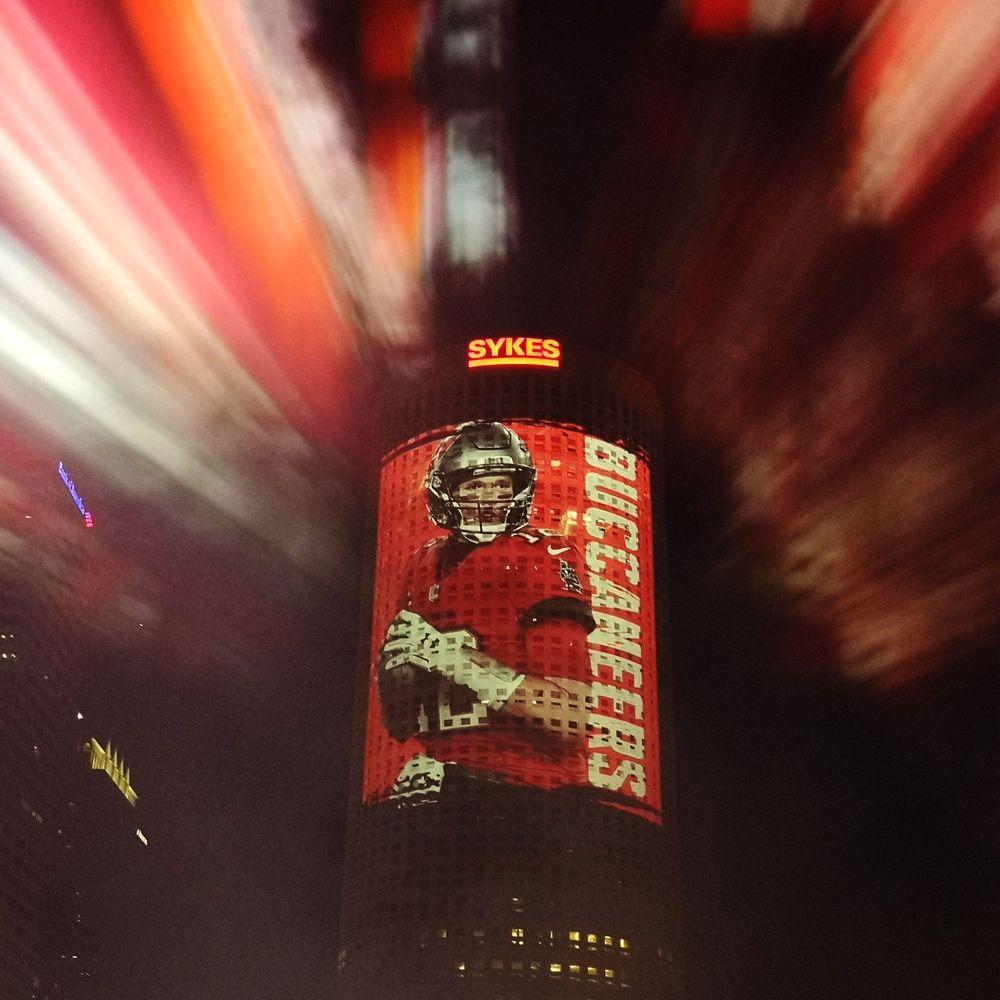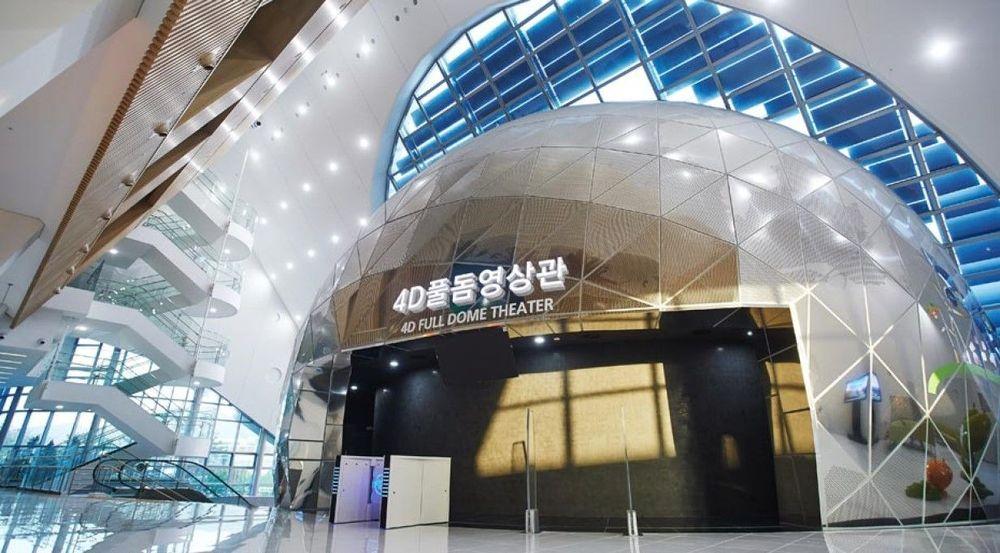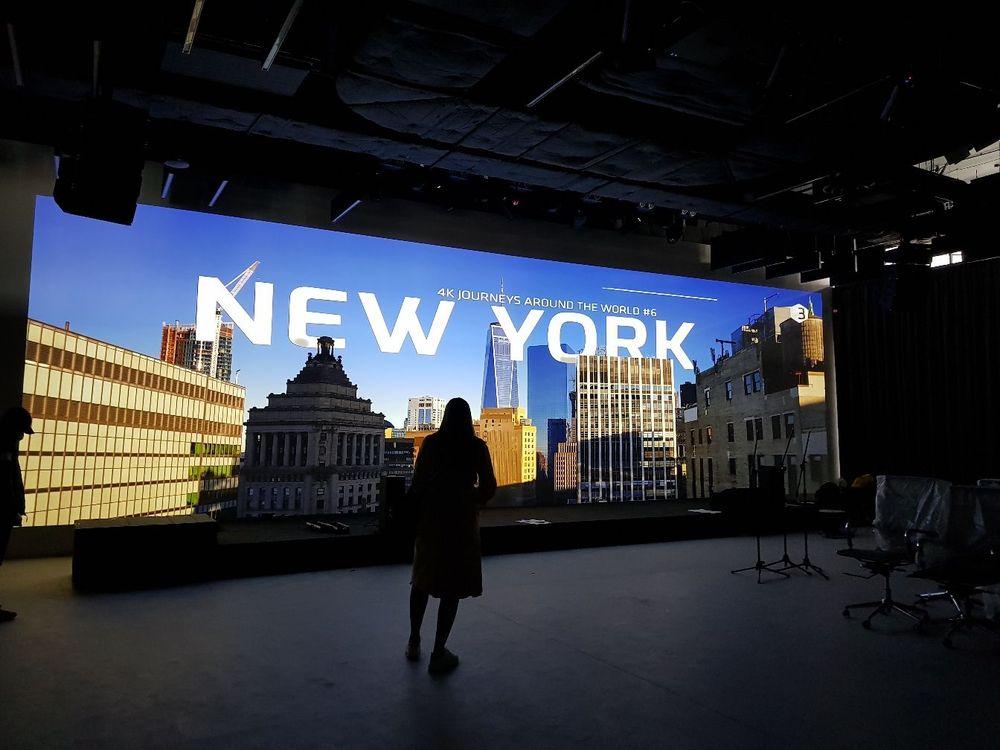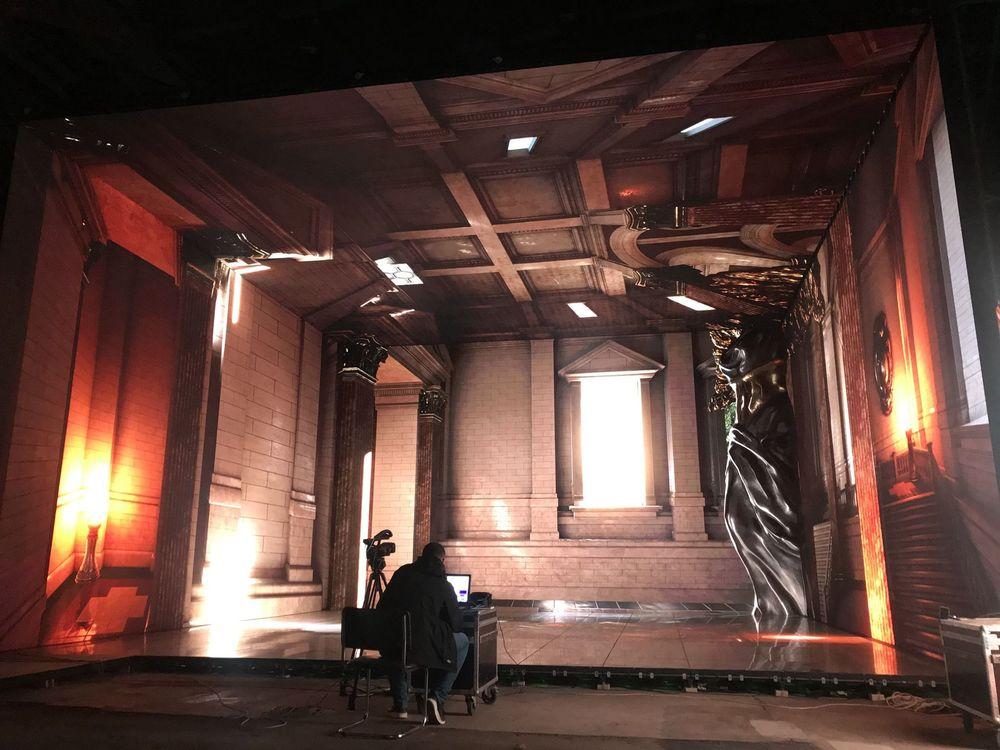Go Screenberry
Modular, powerful, multi-platform media server
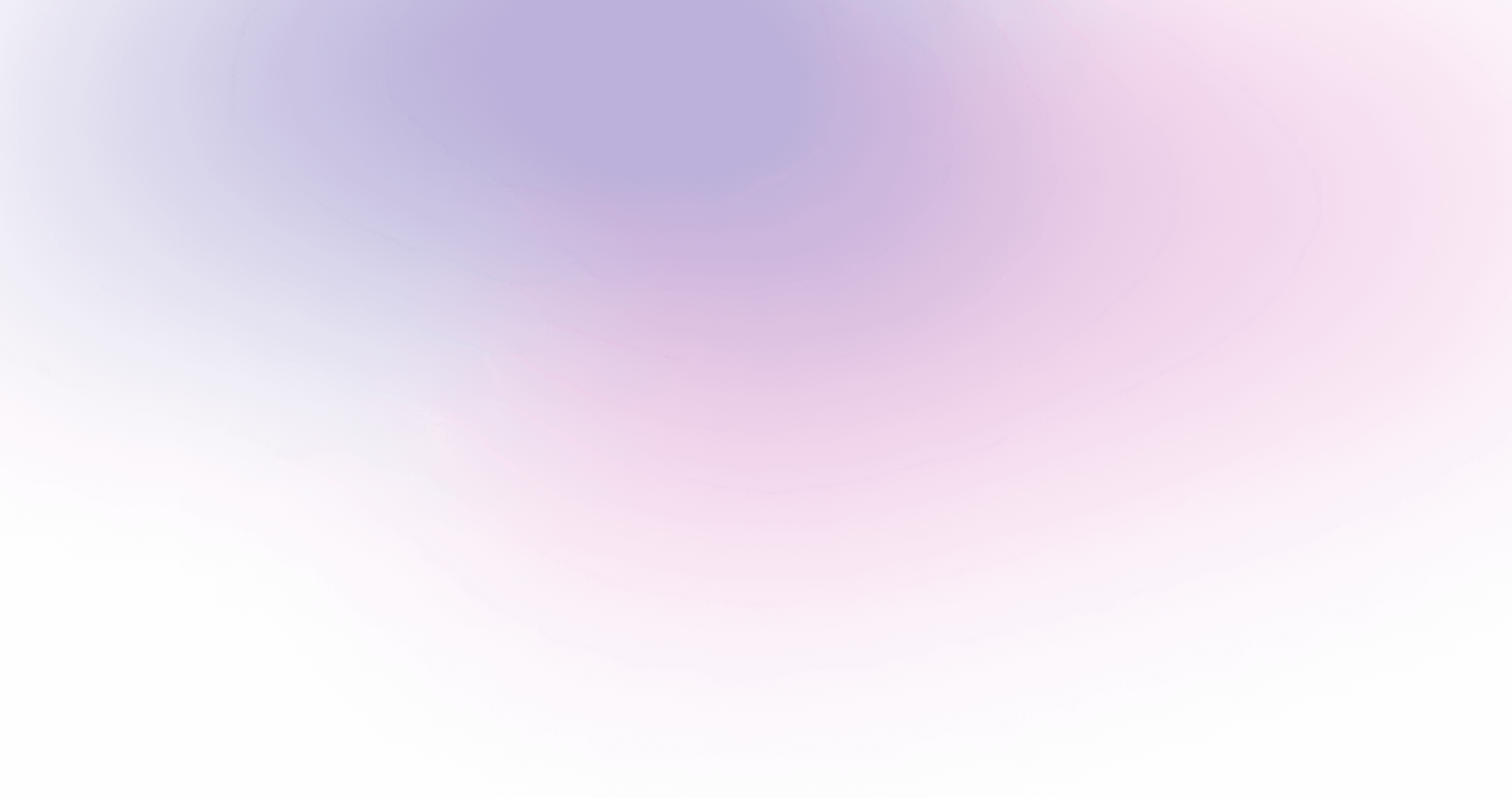
What is Screenberry
Compose and Playback
Track Camera and Objects
Project on Any Surface
Sync Everything
Calibrate in Minutes
Utilize Real-Time Engines
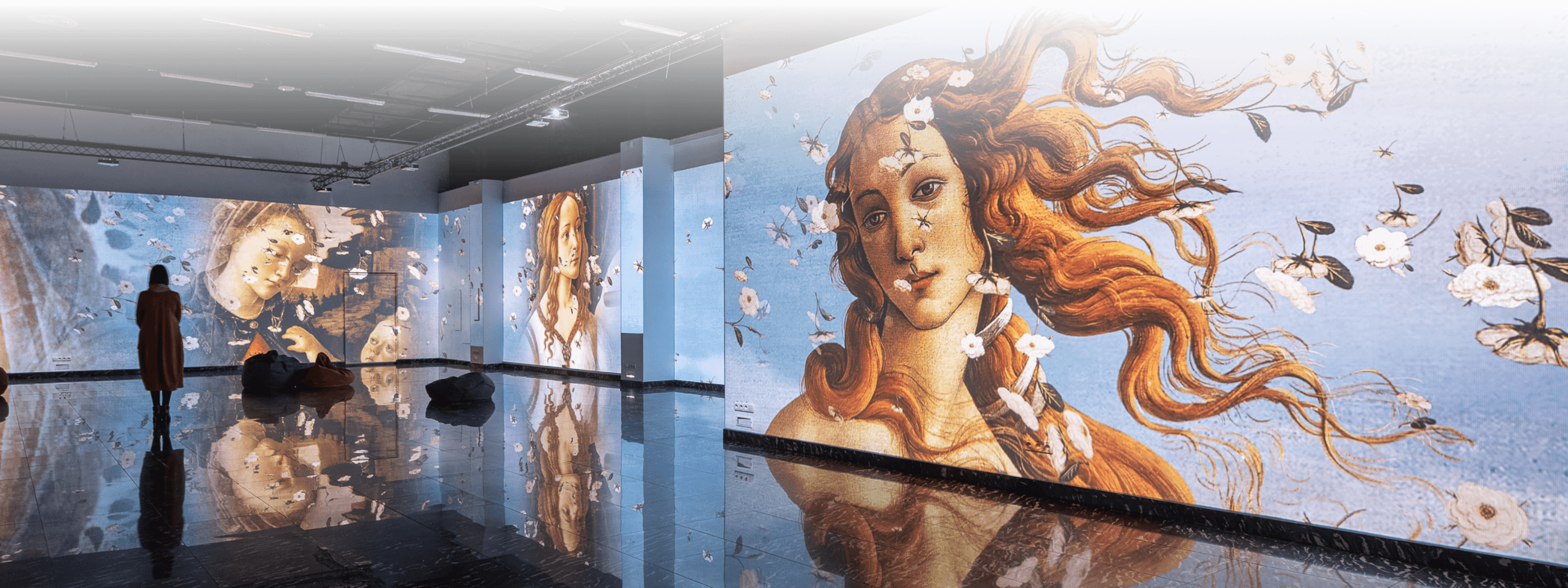
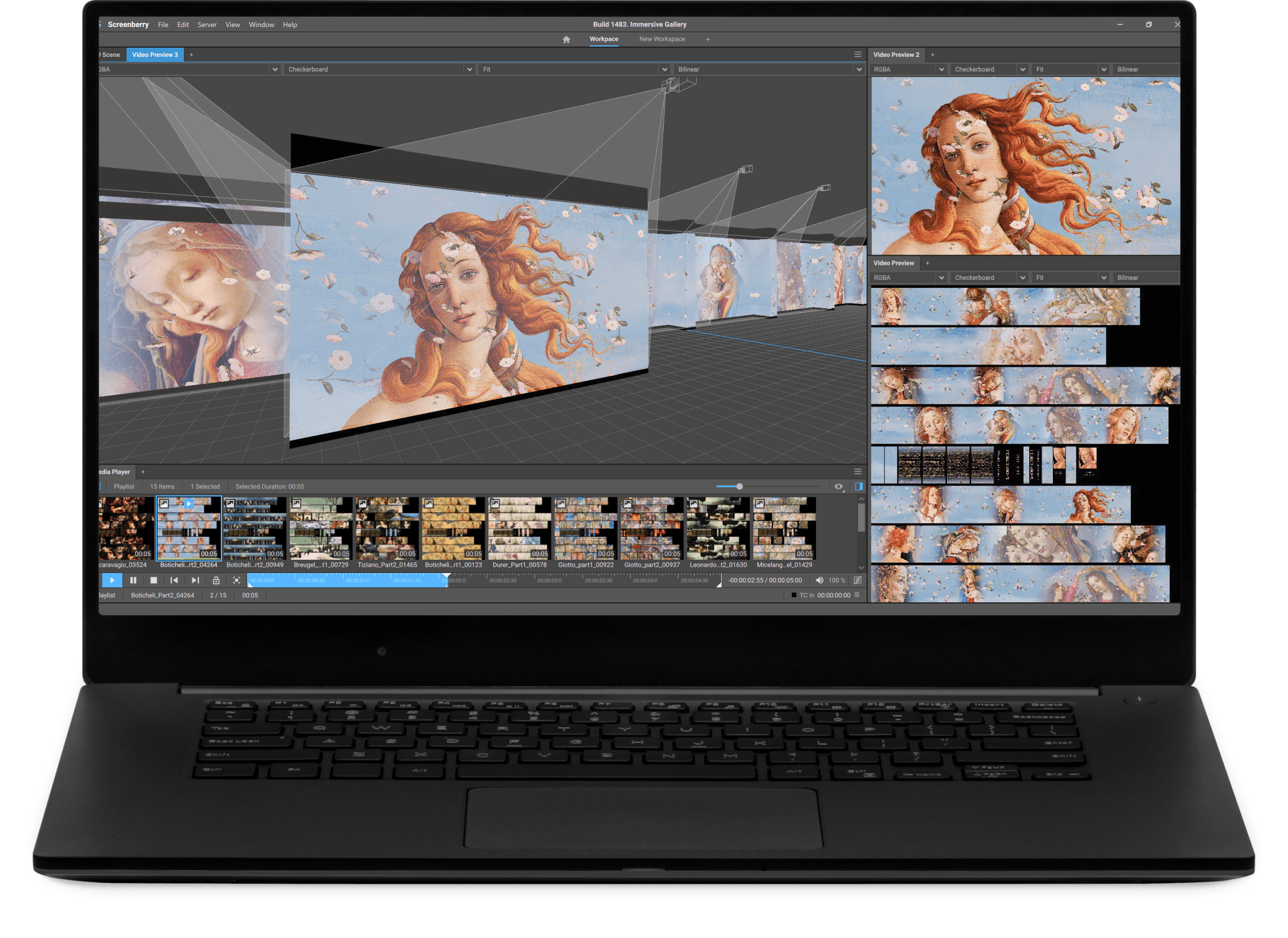
Discover how Screenberry can benefit your industry
Fulldome & Planetariums
Read moreScreenberry is a game-changer for immersive theaters and planetariums. Align multi-projector setups in minutes with single and multi-camera automatic calibration. Forget about clusters – play 32x32K content and run 16 x 4K projectors from one server. With content protection DRM and astronomy simulation software SpaceTime, Screenberry is the ultimate dome solution.

Media Installations & 3D Mapping
Read moreScreenberry has a powerful 3D mapping toolset that fits the most complex projects. Features like 3D scene, warping tools, pose estimation algorithms, and auto-calibration help save you time and effort while delivering accurate and perfectly aligned projection mapping or multimedia installations.
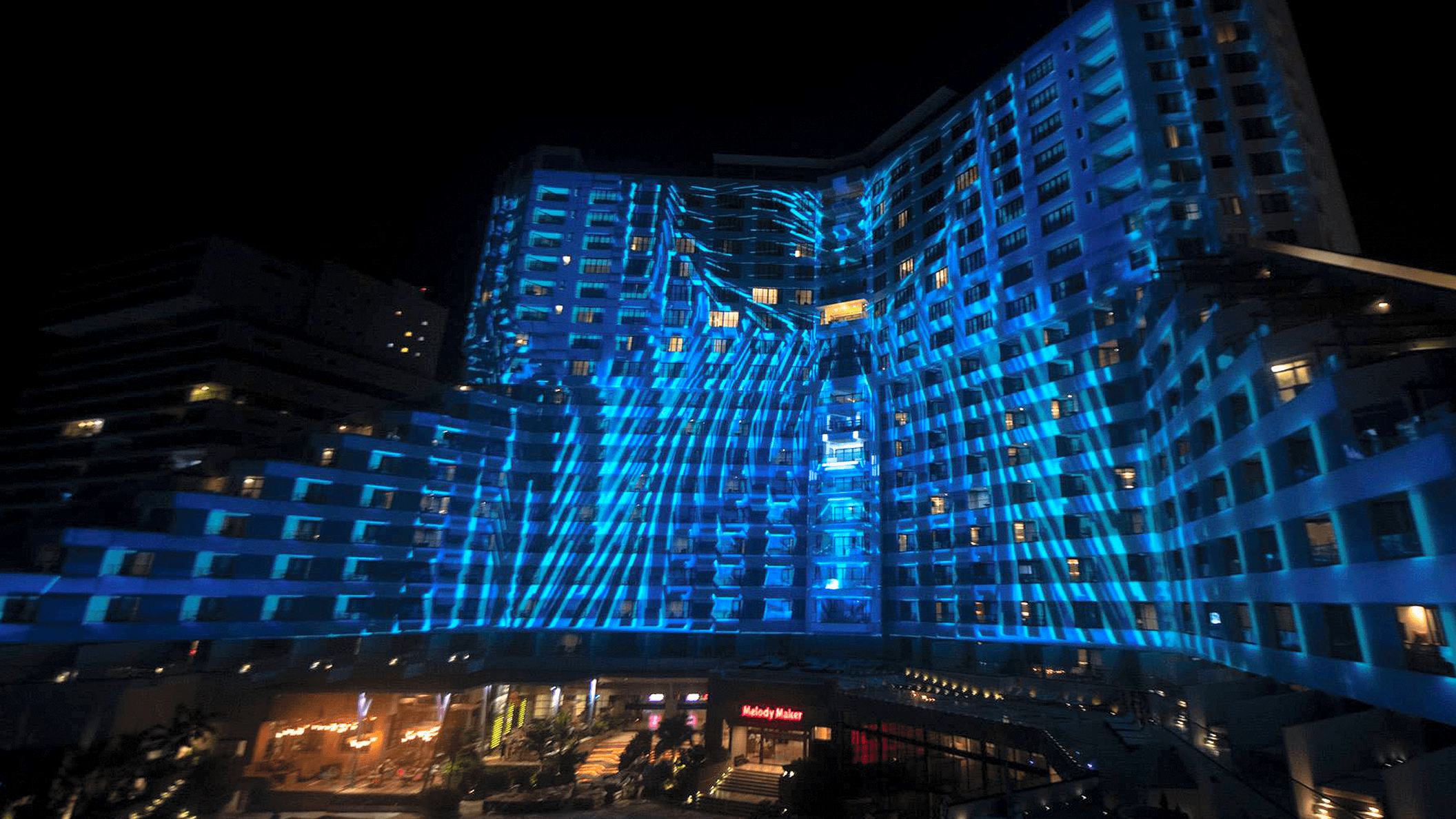
Exhibitions & Galleries
Read moreScreenberry is the all-in-one solution for your multimedia exhibition or gallery. The single server can handle dozens of projectors and screens of different configurations. You can save days on set-up and run your installation smoothly with its rich calibration toolset, convenient media player, and broad automatization capabilities.
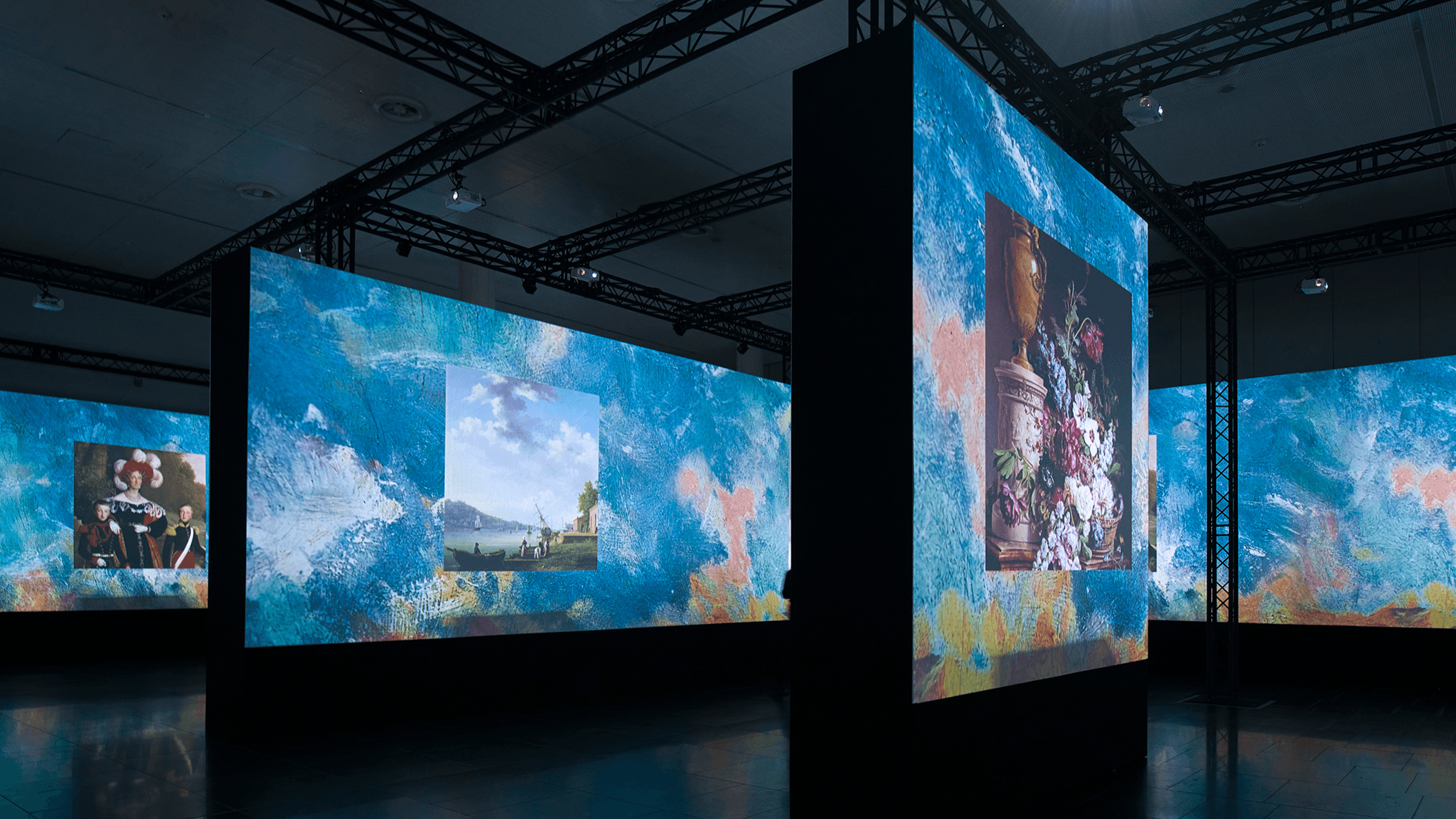
Live Events
Read moreCreate spectacular live shows with Screenberry! With its native support for Notch and TouchDesigner, powerful video playback engine, high fidelity audio, stage equipment orchestration capabilities, and integration with the BlackTrax tracking system, Screenberry empowers you to deliver consistently stunning, high-impact shows.
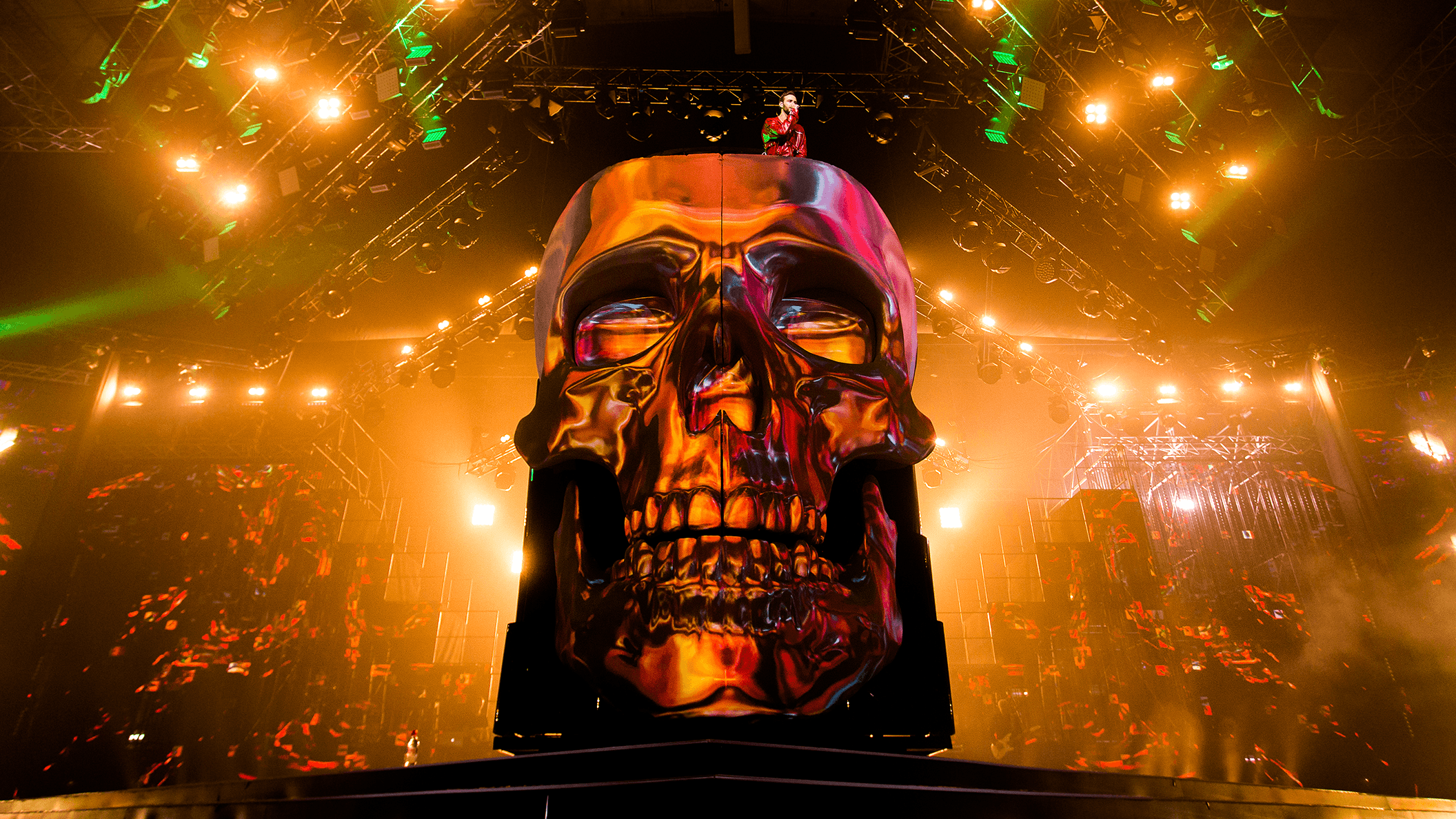
TV & Cinema
Read moreGo live with Screenberry! Advanced layers and virtual displays management, frame-accurate playback, real-time capabilities, tracking data integration, and timecode support make Screenberry an integral part of your TV or virtual production studio pipeline.
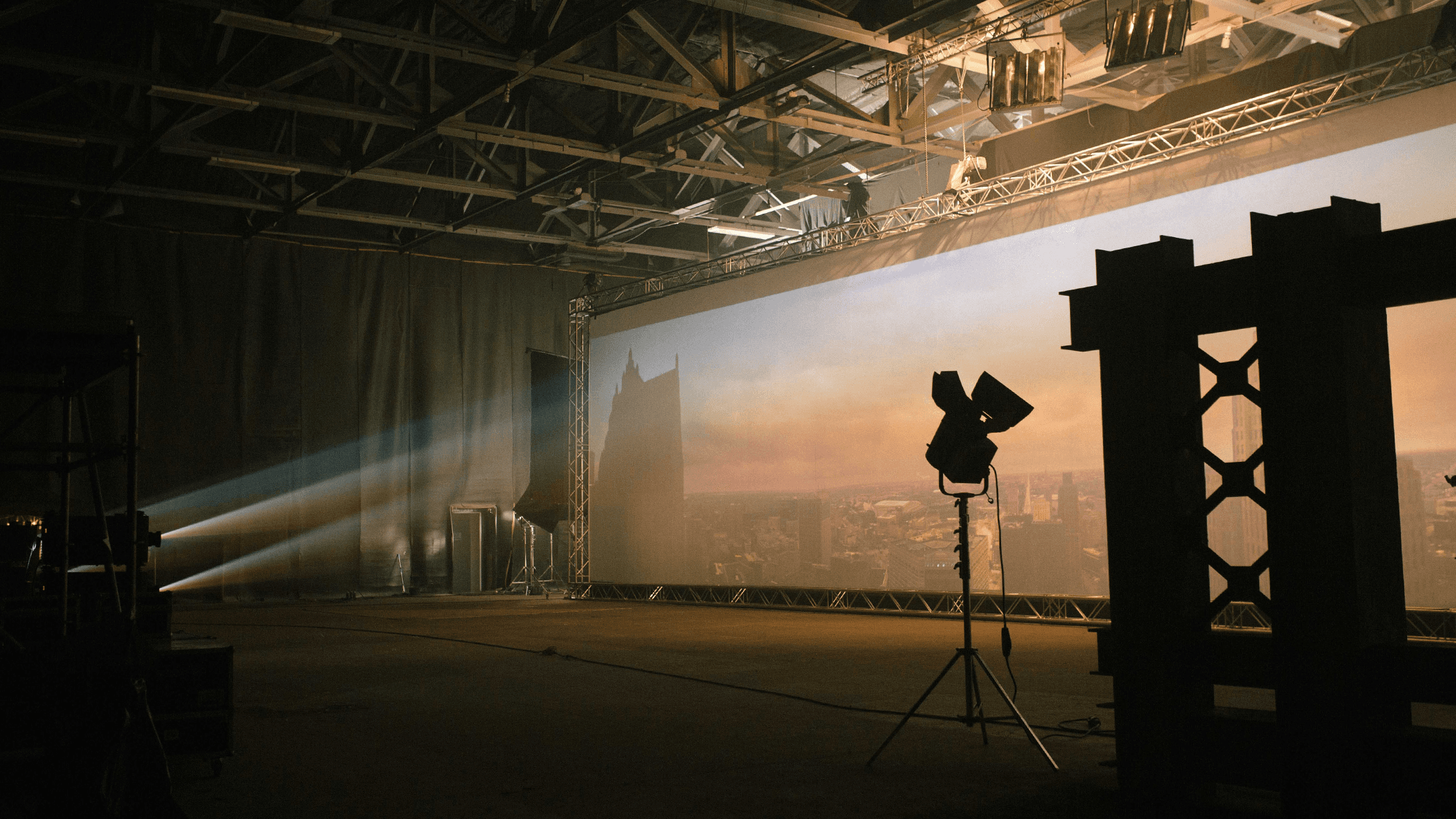

Trusted by industry leaders
Explore what you can create with Screenberry
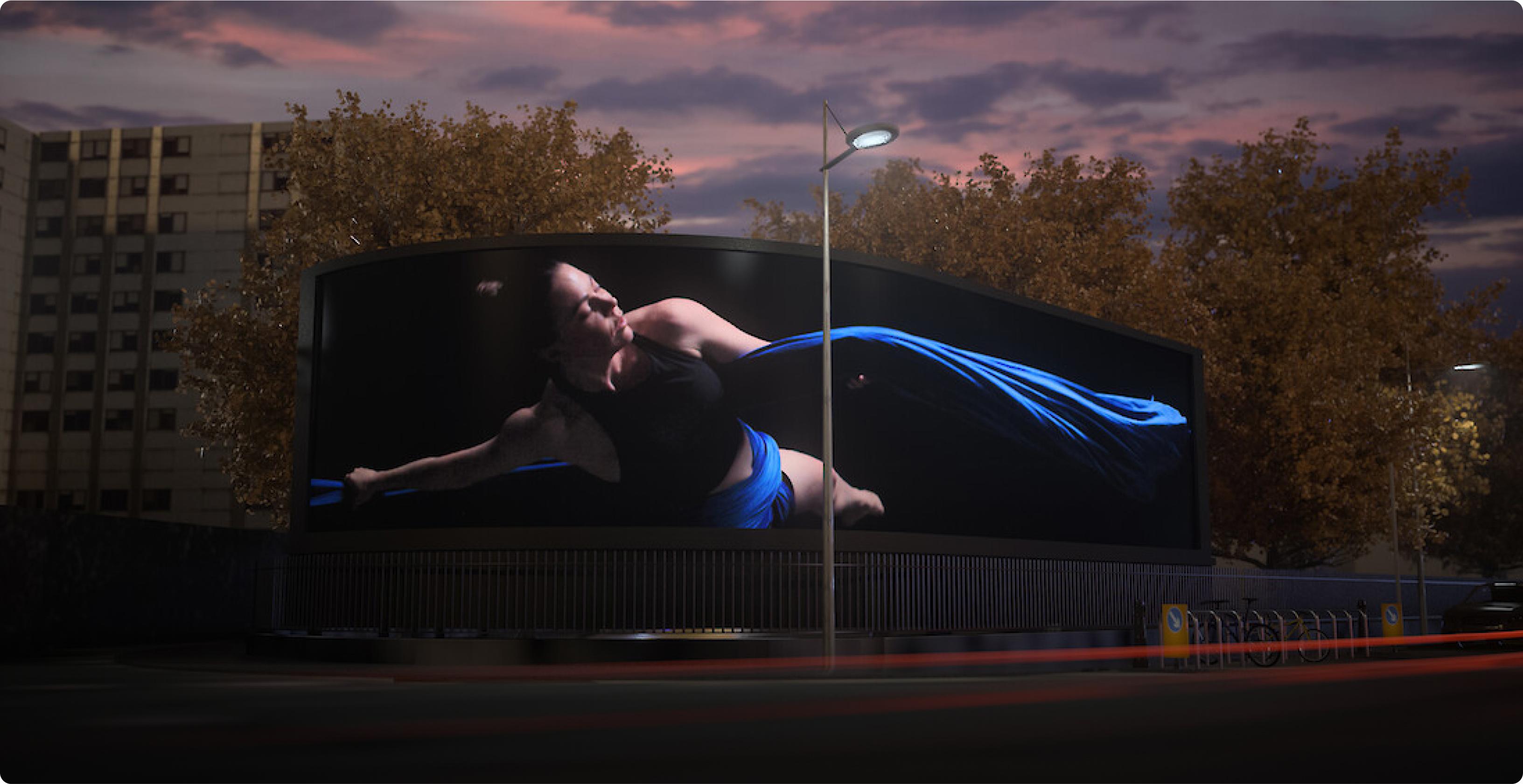
At the heart of ‘Living Canvas’
Watch cases